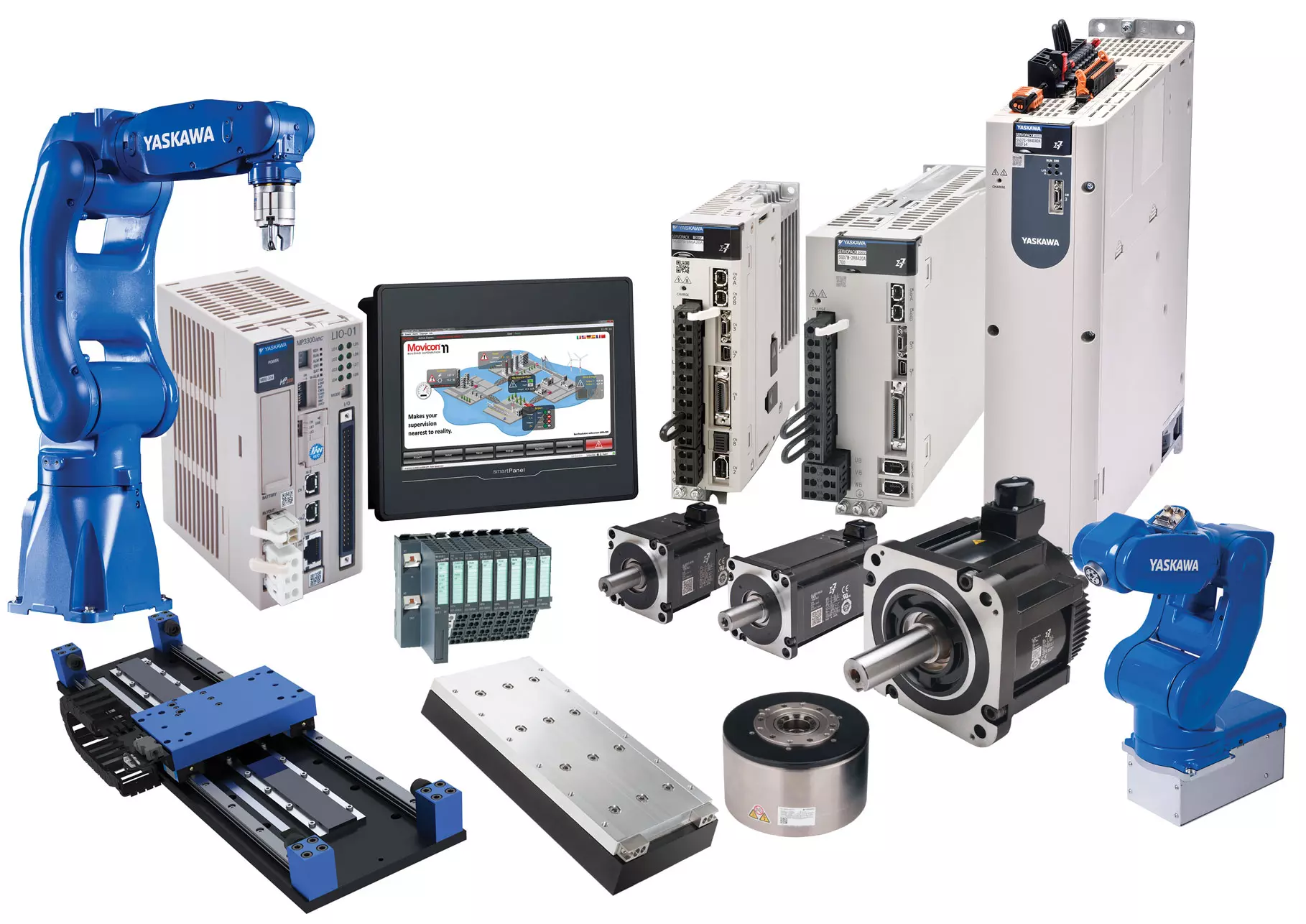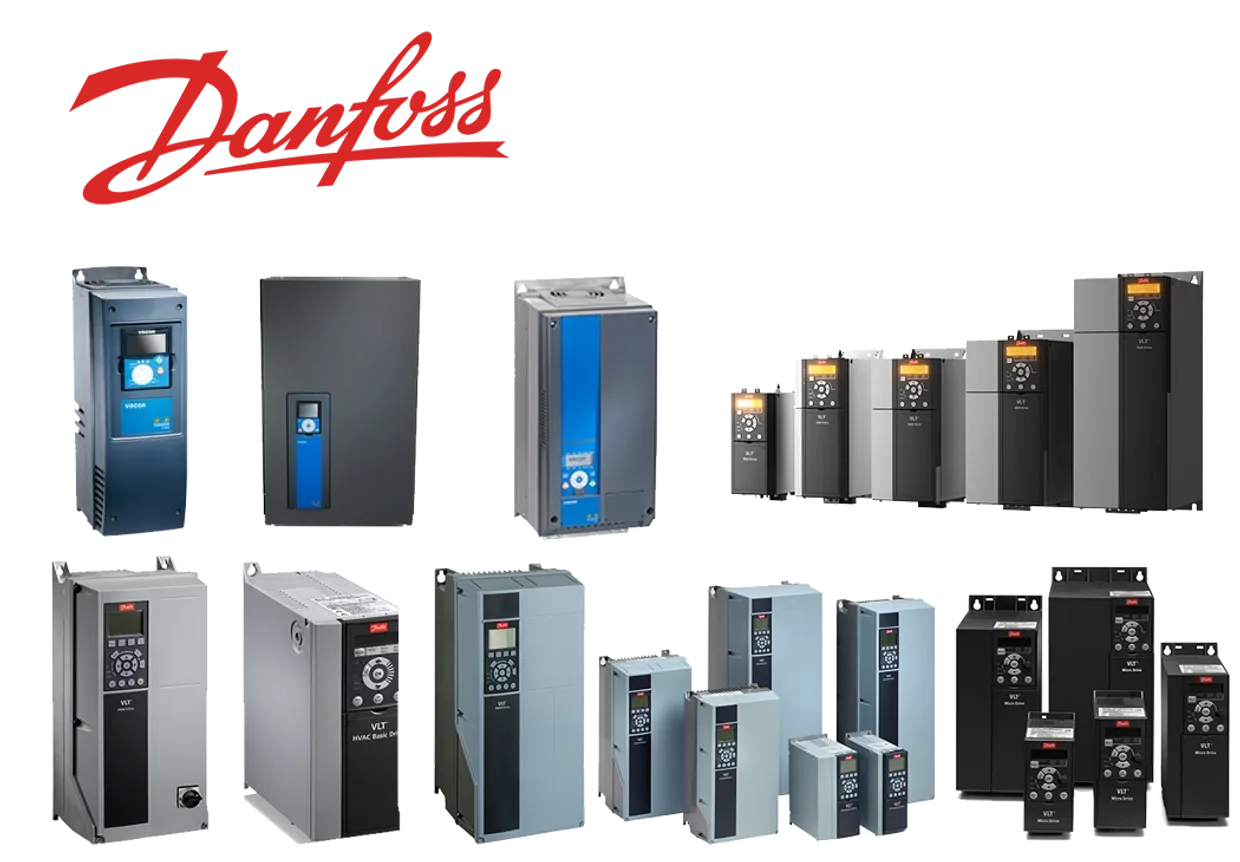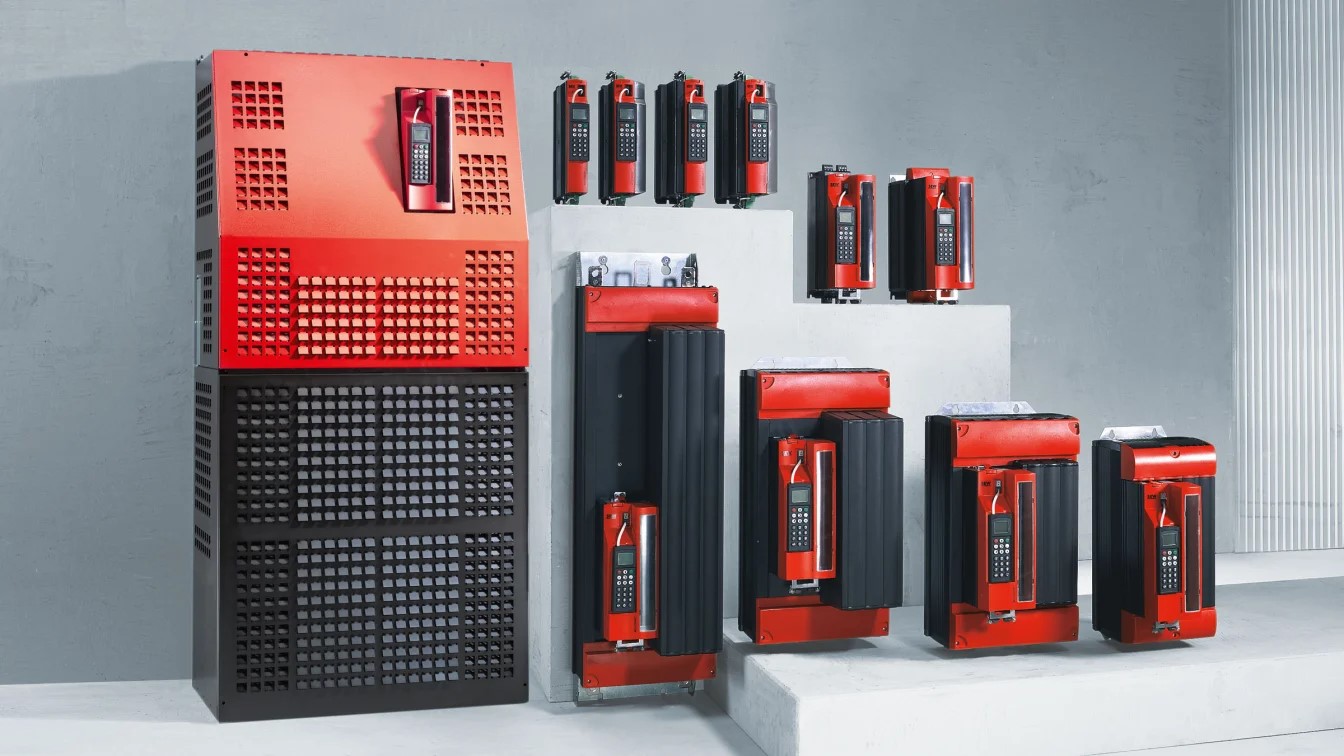Looking for reliable information about soft starters for electric motors? You’ve come to the right place! Our team of electric motor experts knows the ins and outs of soft starters and is always happy to share that knowledge. Keep reading to discover everything you need to know about this crucial piece of equipment.
What Is a Soft Starter for Electric Motors?
Also known as a reduced voltage starter or RVSS (Reduced Voltage Soft Starter), a soft starter is a semiconductor-based electronic device designed to protect AC electric motors from damage caused by sudden inrush currents during startup.
By limiting the initial inrush current, it reduces the electrical and mechanical stress that can occur with abrupt starts. While primarily used for motor startups, soft starters can also be configured to provide smooth stops when the application calls for it.
Soft starters are commonly used in industrial applications such as pumps, conveyors, and fans, where motor protection and stress reduction are essential.
How a Soft Starter Works
A soft starter gradually increases the voltage supplied to the motor, allowing it to reach full speed smoothly while reducing startup torque. This process lowers the inrush current and mechanical stress, which helps extend the lifespan of the motor and any connected equipment.
Most soft starters use a series of thyristors or silicon-controlled rectifiers (SCRs) to modulate the voltage. In the OFF state, SCRs restrict current flow, while in the ON state, they allow full power.
During ramp-up, the SCRs regulate input voltage. Once full speed is achieved, bypass contactors are engaged to minimize heat generation in the motor.
Depending on the model, soft starters may control one, two, or all three motor phases, with three-phase control typically offering smoother starts and stops.
Don’t Confuse Soft Starters with Magnetic Starters
Both soft starters and magnetic starters are used to control motor startups, but they operate differently and serve distinct purposes.
As mentioned earlier, soft starters use semiconductors to gradually ramp up voltage.
Magnetic starters, on the other hand, use electromagnetic contacts to quickly make or break the power circuit when the coil is energized. While they offer overload protection, magnetic starters don’t modulate voltage like soft starters do.
Speak with a Soft Starter Expert Today
Common Applications of Soft Starters
Soft starters are essential in systems where torque and speed control during startup is crucial. They reduce harmful inrush currents and protect mechanical components from stress.
Conveyors and Belt-Driven Systems
In industrial facilities, soft starters help minimize torque spikes during conveyor startup, preventing abrupt stops and extending equipment life.
For example, in a warehouse setting, a conveyor system transporting heavy loads benefits from a soft starter by ramping up gradually and reducing mechanical shock.
Gear Systems
Soft starters are also vital for gear-driven systems, where sudden starts can damage components.
In machine tools, for instance, soft starters control torque to lower the risk of gear failure.
Pumps
Ideal for electric pumps, especially in piping systems where rapid starts can cause unwanted pressure surges.
At a pumping or water treatment station, a soft starter helps prevent sudden pressure changes, protecting the piping network.
Applications Requiring Smooth Stops
In vehicles or equipment that require controlled deceleration, such as some forklifts, soft starters enable smoother stops that improve safety and load stability.
Benefits of Using a Soft Starter
Protection Against Premature Wear
Smooth startups reduce mechanical shock and vibration, limiting wear on components and reducing motor maintenance needs.
Overvoltage Protection
By limiting inrush current, soft starters help prevent voltage surges that can damage the motor or electrical system.
Energy Savings
By optimizing startup and reducing current spikes, soft starters can contribute to lower energy consumption, especially in high-demand applications.
Improved Speed and Torque Control
Soft starters provide better control over speed and torque — ideal for precision applications like pumps and conveyors.
Easy Installation and Commissioning
Many soft starters are designed for quick installation and configuration, minimizing setup time.
When to Choose a Soft Starter Instead of a Variable Frequency Drive (VFD)
Choosing between a soft starter and a VFD depends on the specific application requirements.
Soft starters are generally more cost-effective for use cases where torque and speed control are only needed during motor startup. They’re ideal for simpler setups and space-constrained environments since they’re usually more compact than VFDs.
However, if you need precise speed control throughout the entire motor operation, buying a VFD is likely the better choice.
How to Choose the Right Soft Starter
Here are the main factors to consider when selecting a soft starter:
Motor Power and Type
Ensure the soft starter is compatible with your motor’s power rating (kW) and phase type (single or three-phase).
Inrush Current Management
Make sure the soft starter can effectively limit the inrush current based on your application’s needs.
Operating Environment
Temperature, humidity, dust, and corrosive elements all influence your choice. Choose a unit with suitable IP protection if working in harsh conditions.
Built-In Protection Features
Look for soft starters that include overload, short-circuit, and thermal protection.
Torque and Speed Control Options
If you need fine-tuned control during startup, go with a model that offers adjustable torque and speed settings.
Available Panel Space
Although generally compact, always confirm that the starter fits within your control panel.
Maintaining a Soft Starter
Proper maintenance ensures long-term performance and reliability. While soft starters are low-maintenance by design, regular inspections are still a good idea.
Inspect Electrical Connections
Check connections regularly to ensure they’re tight and secure. Vibration can loosen terminals, impacting performance.
Keep It Clean
Dust and debris can hinder cooling and lead to overheating. Periodic cleaning prevents buildup.
Check Electronic Components
Inspect semiconductors for signs of overheating, wear, or failure.
Perform Functional Tests
Regular testing ensures the soft starter limits inrush current effectively and performs as expected at each startup.
Monitor Temperature
High temperatures can affect performance. Ensure cooling systems are working and that the device remains within the manufacturer’s recommended range.
Omnifab: Soft Starter Specialists in Quebec
Need expert advice on soft starter models or brands? Looking for professional installation, maintenance, or repair services?




